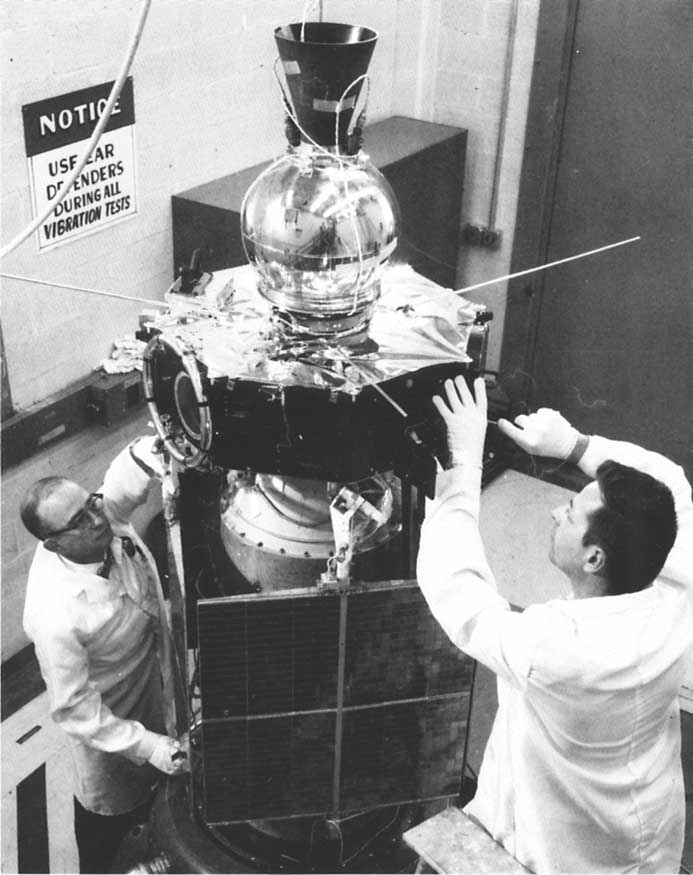Fifty years ago today — July 22, 1962 — an Atlas Agena rocket launched from Cape Canaveral, carrying the Mariner 1 spacecraft.

(Artist’s conception of Mariner 1. NASA image.)
Mariner 1 was intended to fly by the planet Venus. The flight was nominal
until an unscheduled yaw-lift (northeast) maneuver was detected by the range safety officer. Faulty application of the guidance commands made steering impossible and were directing the spacecraft towards a crash, possibly in the North Atlantic shipping lanes or in an inhabited area.
Range safety destroyed the vehicle 4 minutes and 53 seconds into the launch.
The launch failure investigation found two apparent causes. First, the “Atlas airborne beacon equipment” did not operate properly. In addition,
the omission of a hyphen in coded computer instructions in the data-editing program allowed transmission of incorrect guidance signals to the spacecraft. During the periods the airborne beacon was inoperative the omission of the hyphen in the data-editing program caused the computer to incorrectly accept the sweep frequency of the ground receiver as it sought the vehicle beacon signal and combined this data with the tracking data sent to the remaining guidance computation. This caused the computer to swing automatically into a series of unnecessary course corrections with erroneous steering commands which finally threw the spacecraft off course.
Anyone who has done any computer coding knows how critical even a single character can be. In this case, it cost an entire spacecraft. The Venus flyby would have to wait.

















